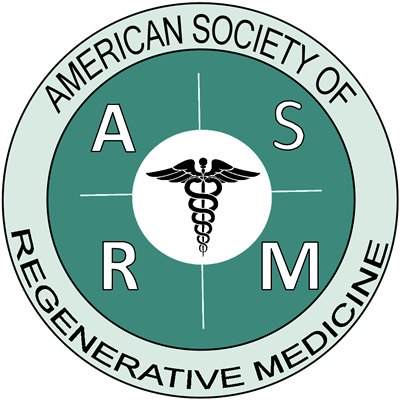Stanford Scientists Create Vascularized Heart and Liver Organoids, Advancing Tissue Engineering
Published 2025-08-08
In a groundbreaking advance in regenerative medicine, researchers at Stanford University have engineered vascularized mini-organs—specifically, heart and liver organoids—by integrating blood vessel structures directly into lab-grown tissues. Published in Science, the study addresses one of the most critical limitations in organoid research: the lack of vascularization, which has historically hindered the growth and maturation of 3D tissue models. By introducing a combination of endothelial cells and advanced culture techniques, the team successfully mimicked in vivo blood supply, allowing organoids to survive longer, develop more complex structures, and function in ways that more closely resemble human physiology. This innovation could dramatically accelerate personalized drug screening, disease modeling, and potentially lay the foundation for bioprinted or implantable tissue in clinical settings. It also reduces the need for animal testing and opens new possibilities for translational research in cardiology, hepatology, and beyond.
Search our Directory
AABRM Members are not only experts in regenerative medicine but offer a wide range of related products, services and related-procedures in that field. Search our extensive Member Directory to find a Member near you.
Member Directory